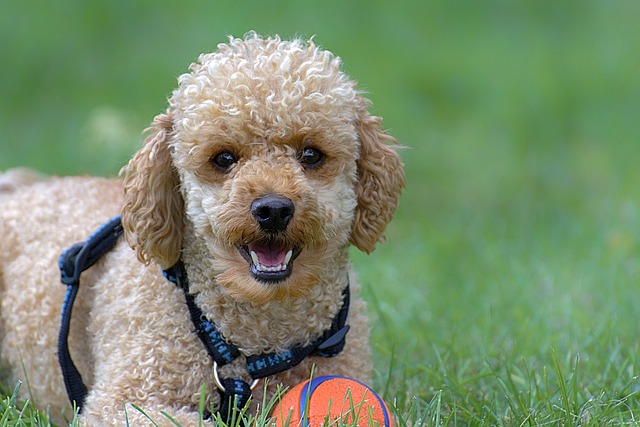
What is glaucoma in a dog?
You might notice your dog squinting more at mealtime or avoiding bright sunlight—these small changes could be early signs of a serious eye condition.
If you’ve ever walked through your front door to find your couch cushions shredded, your favorite shoes chewed, and your high-energy pup zooming circles around the coffee table—tail a blur, paws thudding—you know the struggle of “energy overload.” New dog parents with Border Collies, Australian Shepherds, or even mixed-breed bundles of energy often wonder: “Why won’t they just calm down?” The truth is, high-energy dogs aren’t being “bad”—they’re born with a tank full of energy that needs intentional draining. Without an outlet, that energy turns into chaos. Let’s break down how to channel that fire into fun, constructive activities that leave your pup (and you) feeling calm and happy.
Here’s why high energy matters: Breeds built for work—herding, hunting, retrieving—have bodies and brains wired for constant activity. A Border Collie’s ancestors chased sheep for hours; a Labrador’s tracked game through fields. That instinct doesn’t disappear in a suburban home. When their energy isn’t drained, they get bored, and boredom breeds mischief: digging, barking, or chewing. Physical exercise burns calories, but mental stimulation—using their brain—is just as crucial. Think of it like a human who runs a marathon but still feels restless without a book or puzzle. Your dog needs both “body work” and “brain work” to feel satisfied. Veterinarians call this “balanced enrichment,” and it’s the key to turning a hyper pup into a relaxed companion, especially in apartments where space is limited.
So, how do you actually drain that energy? Start with structured physical exercise—not just a casual walk, but intentional movement. A 30-minute “power walk” with intervals of jogging (if your dog is healthy) gets their heart rate up. Add fetch with a twist: throw a ball up stairs, over a bush, or into a kiddie pool to make them think while moving. For breeds like Australian Shepherds, try agility drills in the backyard—set up a broomstick between chairs for them to jump over, or a hula hoop to run through. Mental work comes next: Hide treats around the house for them to “hunt” (scent work tires their brain fast). Use puzzle toys stuffed with frozen peanut butter (no xylitol!) to keep them occupied while you cook. Short training sessions (5-10 minutes) teaching “spin,” “find it,” or “high five” use their focus and reward good behavior with praise—positive reinforcement builds trust while tiring them out.

Now, tie this to responsible dog ownership. First, health basics: Ensure your dog’s rabies vaccine is up to date (required by law in all 50 states) before outdoor activities. On walks, always carry poop bags—fines for leaving messes hit $150 in Chicago, and a tired dog still needs potty breaks! In apartments, schedule energetic play during daylight hours to avoid 7 AM zoomies disturbing neighbors. Use energy-draining activities to reinforce good manners: “Sit” before fetch, “stay” while you hide treats. Never scold a hyper dog—they’re not misbehaving, just unfulfilled. Instead, redirect that energy into a game. A trainer in Austin swears by “tug-of-war with rules”: “Drop it” on command, then resume—burns energy and teaches self-control.
The goal isn’t to exhaust your dog, but to satisfy their need to work. With a mix of sweat, brain games, and patience, you’ll watch that zooming tail slow to a wag, and come home to a pup who’s ready to curl up, not cause chaos. It’s work, but the payoff—a calm, happy dog—is worth every step.

You might notice your dog squinting more at mealtime or avoiding bright sunlight—these small changes could be early signs of a serious eye condition.

Let’s set the scene: It’s a sweltering Phoenix afternoon—105°F outside—and you rushed your 2-year-old Lab mix, Cooper, on a quick walk to “get it over with.”

Let’s get real: You’re in your Miami apartment, watching your 3-year-old Corgi, Loki, struggle to climb the stairs to your second-floor unit.

Many dog owners brush off occasional scratching as just “dog behavior,” but persistent itching often signals something more—like a food allergy.

You might first notice your dog scratching more than usual—chewing at their paws until the fur looks thin, or rubbing their face against the couch nonstop.

Let’s be real: You’re standing in your Chicago apartment, watching your 3-year-old Beagle, Max, huff and puff just to climb onto the couch.